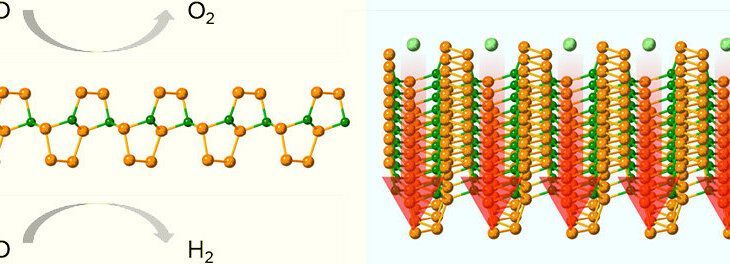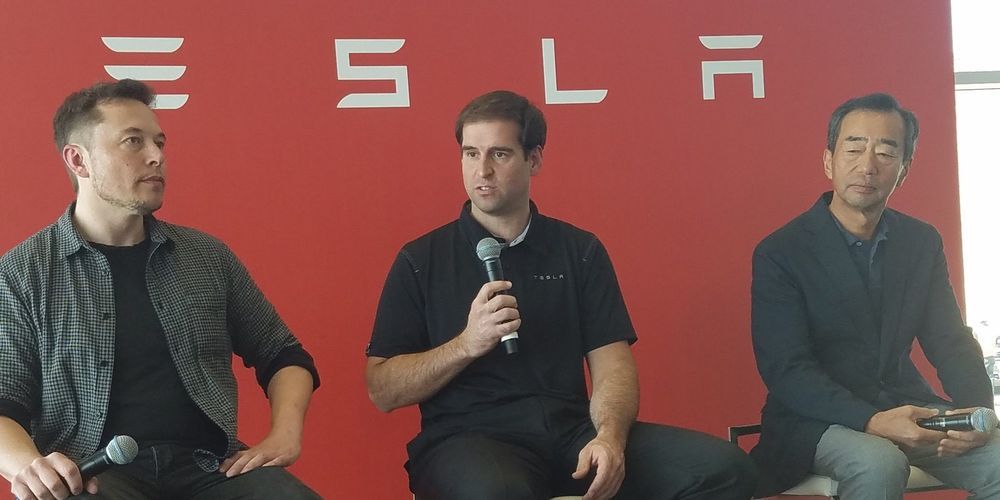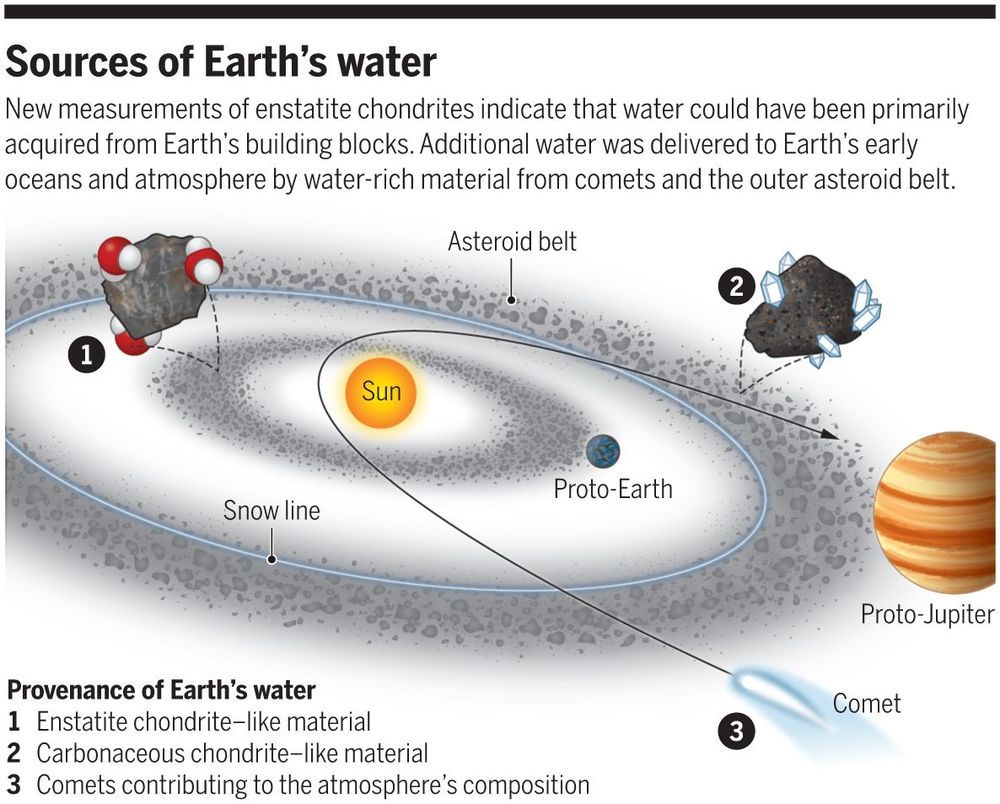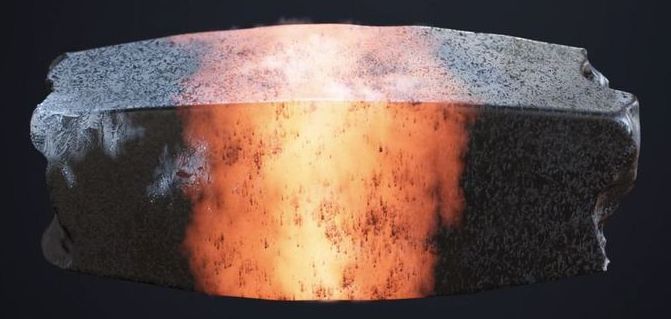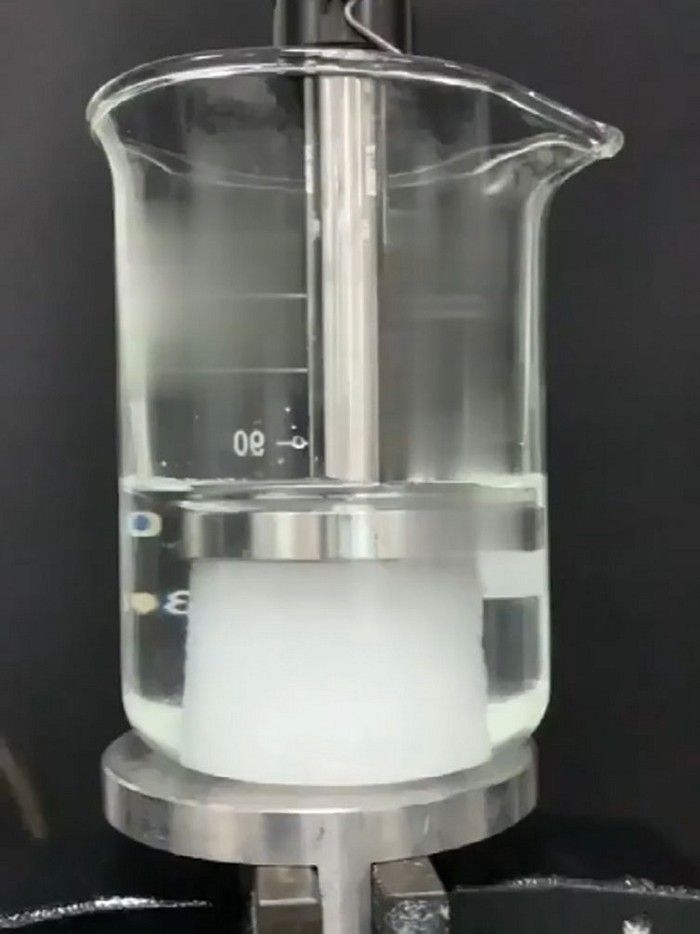Evolutionary search has helped scientists predict the lowest energy structure of a two-dimensional (2-D) material, B2P6, with some remarkable features, including structural anisotropy and Janus geometry.
Janus materials—named after the two-faced Greek god of duality—have two surfaces with distinct physical properties. As such, they offer unique benefits, such as high solar-to-hydrogen efficiency.
Anisotropic materials exhibit different properties when measured along different directions. In the case of B2P6, the ionic diffusion is strongly anisotropic, a feature that can be potentially useful in affordable energy storage solutions, such as metal-ion batteries.
